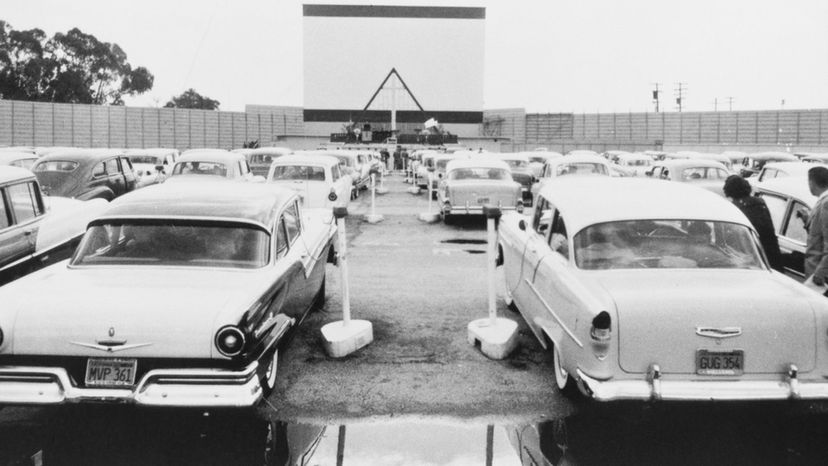
About This Quiz
The drive-in culture is as American as apple pie and baseball. You think you can challenge yourself to see if you've got enough of that vintage Americana knowledge within you? Then open up this quiz and hop in -- pun intended!
The drive-in culture was ushered into the American scene during World War II. As it started to boom, the culture also changed drastically due to the effects of this war. But after the war, the scene was another story -- a more nostalgic one.
Soldiers soon came back home, went back to living their lives and working on their jobs, and started having families of their own. Of course, American pop culture started entertaining them, and American culture also started developing around them. Intersect these developments on the homefront with technological innovations reaped from the Industrial Revolution and you get newer forms of living life, experiencing life, participating in life, and enjoying life.
The drive-in culture was one such development that Americans enjoyed experiencing. During its heyday in the 1940s and ‘50s, around 4,000 drive-in theaters existed all over the country. While the numbers have dwindled drastically, some of them still exist today.
So, you think you can hop on in to challenge yourself with this fun drive-in quiz? Then open it up and drive on down the road!
Advertisement
Advertisement
Advertisement
Advertisement
Advertisement
Advertisement
Advertisement
Advertisement
Advertisement
Advertisement
Advertisement